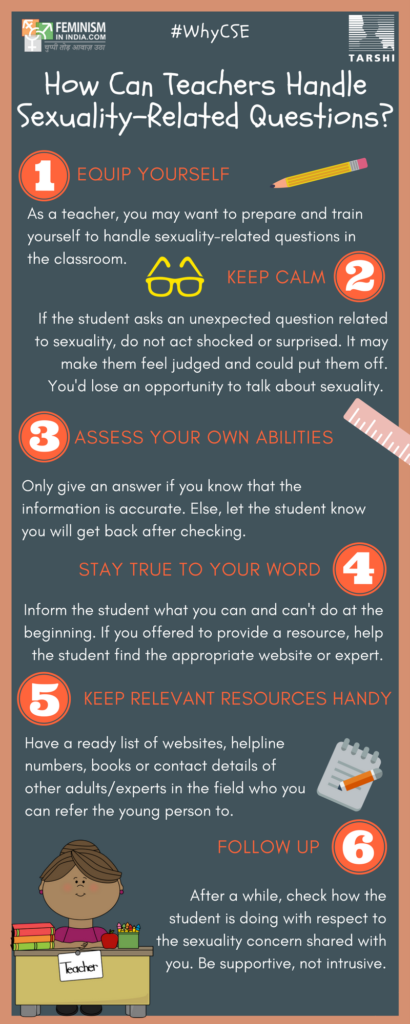No.
Sex can refer to both:
– biological characteristics (penis, vagina, x & y chromosomes etc) that define humans as female or male. While these sets of biological characteristics are not mutually exclusive, as there are individuals who possess both, they tend to differentiate humans as males and females. (WHO)
– sexual intercourse which may include intercourse involving penetration of the vagina by the penis or intercourse (such as anal or oral intercourse) that does not involve penetration of the vagina by the penis. (Merriam Webster)
Sexuality is a bigger concept. WHO defines it as “a central aspect of being human throughout life (that) encompasses sex, gender identities and roles, sexual orientation, eroticism, pleasure, intimacy and reproduction.”
“Sexuality is experienced and expressed in thoughts, fantasies, desires, beliefs, attitudes, values, behaviours, practices, roles and relationships. While sexuality can include all of these dimensions, not all of them are always experienced or expressed. Sexuality is influenced by the interaction of biological, psychological, social, economic, political, cultural, legal, historical, religious and spiritual factors.”
Sexuality and gender identity typically begin emerging during very young adolescence defined as the period between the ages of 10 and 14. Children must be educated and empowered about these aspects of themselves before they undergo changes and feelings associated with them. Some experts recommend that the basics of sexuality education (calling body parts by biological names, personal space etc) can begin right from kindergarten.
- Early elementary school students (6 – 10 years) need to learn the proper names for their body parts, the difference between kinds of touches, the concept of personal space and boundaries along with ways in which they can be a good friend (the foundation for healthy intimate relationships later in life).
- Fourth- and fifth-graders (10 – 13 years)need information about puberty and their changing bodies, Internet safety, and the harmful impact of bullying.
- And seventh-, eighth- and ninth-graders are ready for information about body image, reproduction, contraception, H.I.V. and disease prevention, communication, and the topic they most want to learn about: healthy relationships.
- The content of the session can vary depending on the age of the children and the duration of the session. However you must cover the following for kids above 10 years of age:
– Puberty and Bodily Changes
– Conception & Contraception
– Healthy Relationships & Communication
– Gender Identity
– Gender Equality
– Relationships
– Consent
– Bullying
– Protection from Abuse
– Prevention of unwanted pregnancies, HIV & other STDs
(Source: Tarshi, New York Times)
You may involve an external person to conduct the sex and sexuality session in your classroom. However it may create a notion in the minds of the students that the topic is ‘special’ or ‘different’ or ‘hush-hush’ and therefore someone had to be called in to deliver it.
The external person will come in for a day or two and then leave. However in case the child has a query about the topic after they have left, they will be confused as to whom they need to reach out to with it. There are chances that the child may not open up about it.
When you as a teacher deliver the session, you are building trust and confidence in the child to reach out to you in case they have any problems or doubts. Most importantly you are helping to normalize the topic and dispel notions of the issue as ‘hush-hush’ or ‘taboo’.
Sexuality education need not be a ‘special program’. You can try and incorporate the issues into your regular classes and subjects.
It is quite common to feel uncomfortable talking about sex. Each person has their own inhibitions, misconceptions and confusions. However, you can also learn to overcome your anxieties. These are a few options:
- 1. It is something that can be learnt. You may sign up to get trained by a specialist organisation/individual. (click here for a list of sex educators)
- 2. Ask another teacher or a supportive parent to help you deliver the session.
Abstinence-only sex education is a form of sex education that teaches not having sex outside of marriage. It does not cover information on contraceptives, sexually transmitted infections, masturbation, abortion etc.
Systematic reviews of research evaluating abstinence-only sex education have concluded that it is ineffective at preventing unwanted pregnancy or the spread of sexually transmitted diseases. Across the world, programs to promote abstinence have had no meaningful impact. Experts therefore recommend that schools implement comprehensive sexuality education.
Some aspects of sex education are gender specific and hence gender relevant. Therefore, separate sessions for boys and girls give opportunity to discuss the concerned topics at length, avoid embarrassment while discussing the subject and overcome shyness and anxiety while listening and enable them to share their doubts and views openly.
The general topics of sexuality and health could be discussed in a male-female mixed group, while specific issues related to different sexes should be discussed separately in the respective groups. The advantages of combined sessions are saving of time and repetition, fostering healthy interpersonal relationship between boys and girls, developing mutual respect and reducing inhibitions and anxiety about the subject in the presence of the opposite sex.
Also, some experts maintain that girls and boys may feel more comfortable if the resource person is of the same sex as theirs.
(source:Sex Education to Adolescents By Dr. Vithal Prabhu)
Parents/teachers should not be panic stricken or shocked if the child asks questions or indulges in exploration. Curiosity is normal. Such situation should be handled without rebuke, punishment or creating guilt feelings.
If you do not have the right answer handy, tell the child that you will search for it and let them know in due course.
Increasingly, there is a rash of reports in the media about children being involved in unsafe sexual behavior or victims of sexual abuse while being at schools. When these situations crop up, the schools realize that are not equipped to deal with the scenarios. Instead of waiting for an issue to occur, taking positive, enabling and preventive steps will be beneficial to your school in the long run.

- Equip yourself: as a teacher you may want to prepare and train yourself to handle sexuality-related questions in the classroom.
- Keep Calm: If a student asks an unexpected question about sexuality, do not act shocked or surprised it may make them feel judged and could put them off. You’d lose an opportunity to talk about sexuality.
- Assess your own abilities: Only give an answer if you know that the information is accurate, Else, let the student know you will get back after checking.
- Stay true to your word: Inform the student what you can and can’t-do at the beginning If you offer to provide a resource help the student to find it.
- Keep relevant resources handy: Have a list of website helpline numbers, books or contacts of experts in the field who you can refer young people to.
- Follow-up: After a while check how the student is doing with respect to the sexuality concern shared with you. Be supportive, not intrusive
(source: Feminism in India)










